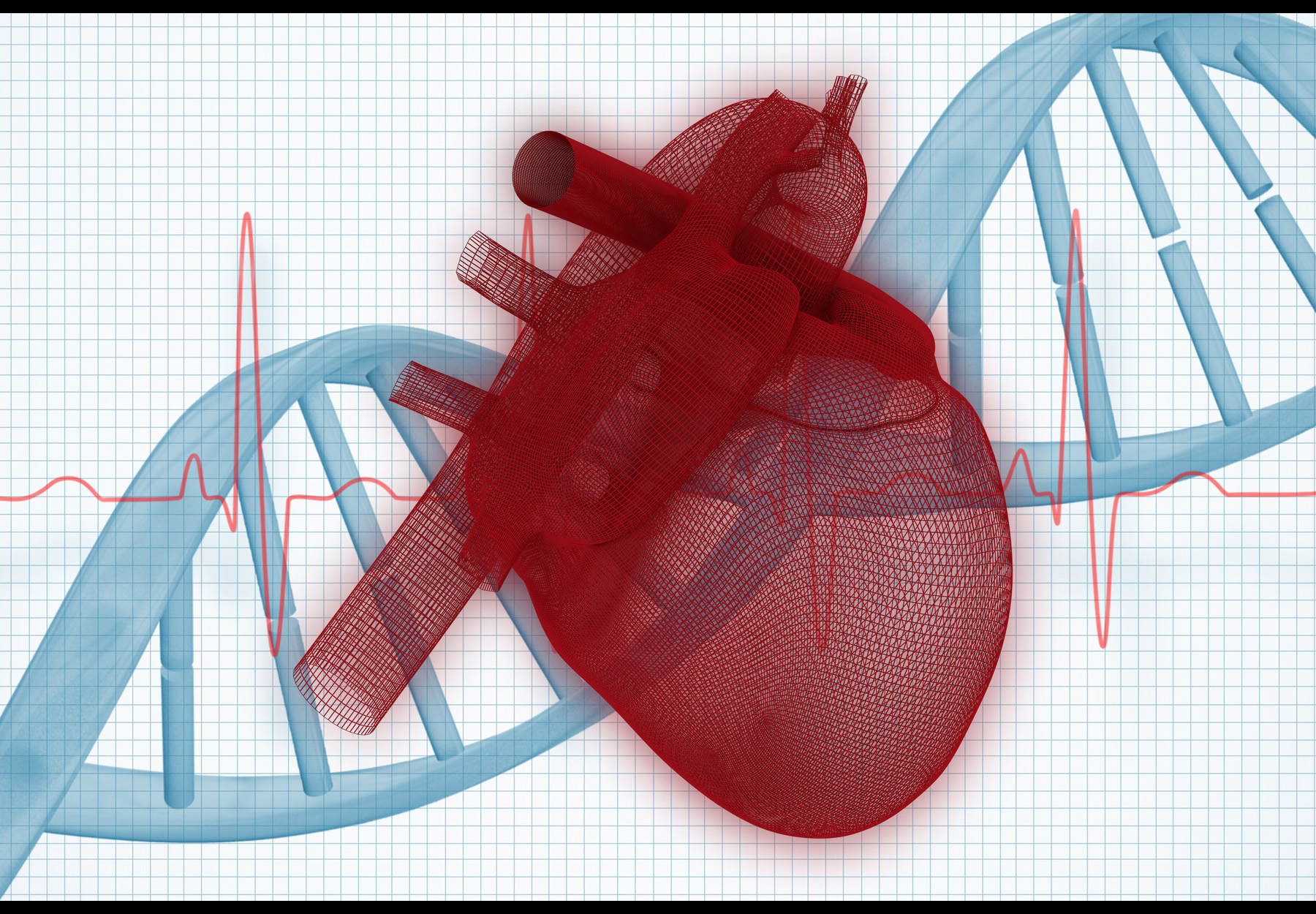Combining Certain Genetic Tests for Heart Conditions Provides Better Results
A recent study shows that combined cardiomyopathy and arrhythmia genetic testing catches things disease-specific testing would miss.

Combined cardiomyopathy and arrhythmia genetic testing can diagnose additional genetic causes of these diseases that simple disease-specific testing would miss. That is the conclusion of a new study from researchers at Northwestern University published in the August 10 online edition of JAMA Cardiology.
The Diagnostic Challenge
Dilated cardiomyopathy, aka dilated, non-ischemic cardiomyopathy, is a type of heart muscle disease that causes the left ventricle of the heart to stretch abnormally, thereby preventing the heart from pumping blood. Cardiovascular societies recommend use of genetic testing for dilated cardiomyopathies and inherited arrhythmias to identify family members at risk and guide medical treatment. However, the study notes, many individuals with cardiomyopathies or arrhythmias do not receive genetic testing. Barriers to testing include limited clinician knowledge of genetics and results interpretation, as well as real and perceived concerns about cost and insurance coverage and low diagnostic yields.
Genetic tests are typically performed on patients diagnosed with one or the other condition, targeting only the particular condition diagnosed. However, there is growing evidence of shared genetic factors associated with both cardiomyopathies and arrhythmias, and that combined genetic testing for both increases diagnostic yield.
The Study
To assess the benefits of expanded testing, the Northwestern researchers conducted a cohort study involving a broad, combined cardiomyopathy and arrhythmia genetic testing program sponsored by genetic testing company Invitae. A group of 4,782 patients with suspected cases based on personal or family history received free genetic testing encompassing up to 150 genes associated with genetic cardiomyopathy or arrhythmia over 12 months. The researchers then compared the results of broad testing with what would have been captured had narrower, disease-specific testing been used instead.
Use of combined testing resulted in a 10.9 percent gain in genetic diagnoses that would have been missed had testing been limited to genes associated with a single cardiomyopathy or arrhythmia subtype, according to the study.
Overall, 19.9 percent of the cohort received a molecular diagnosis. While patients at increased suspicion of genetic cardiomyopathy or arrhythmia were more likely to have a positive result, 11 patients with a low suspicion level also received a positive result.
The researchers noted that diagnostic yield varied based on disease conditions and patient age, with patients between the ages of 19 and 39 suspected of having hypertrophic cardiomyopathy having the highest yield, 40.4 percent. The diagnostic yield for patients suspected of having long QT syndrome was 26.1 percent.
Combined testing identified clinically relevant variants for one in five patients. And those variant findings were significant—enough to support more intense monitoring or changes to medication or medical devices used for about two thirds of those with positive results, or one in eight of all patients tested. For six percent of patients, the positive results were in a gene with a targeted molecular therapy.
By contrast, more than 10 percent of positive results would have been missed if testing had been based on disease-specific diagnoses. The researchers noted that, of the 689 patients with a positive result and a specific indication, 3.9 percent had an arrhythmia diagnosis but received a positive test result for a cardiomyopathy, or the reverse.
Takeaway
Based on these findings, the researchers suggested that comprehensive genetic testing yields significant diagnostic and prognostic information that could have potentially changed management and monitoring strategies for patients and their family members. Even though the researchers also found variants of uncertain significance in 51.2 percent of the cohort, they still concluded that the benefits of identifying additional cases outweighs the risks posed by detecting such variants. “An important message is to have a management plan for handling findings of variants of uncertain significance, from pretest genetic counseling to expertise in assessing variant pathogenicity,” the researchers wrote in their commentary, “and to have potential links to functional genomics platforms and machine learning algorithms available to resolve as many of these uncertain findings as possible.”
Subscribe to Clinical Diagnostics Insider to view
Start a Free Trial for immediate access to this article